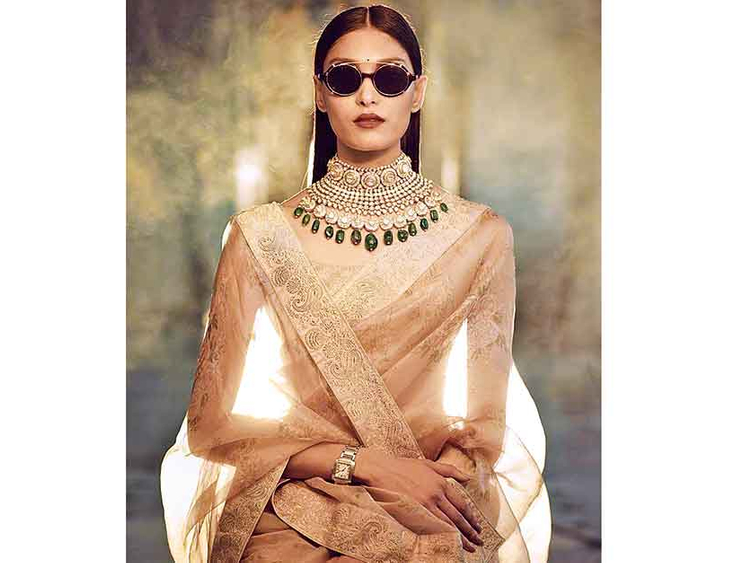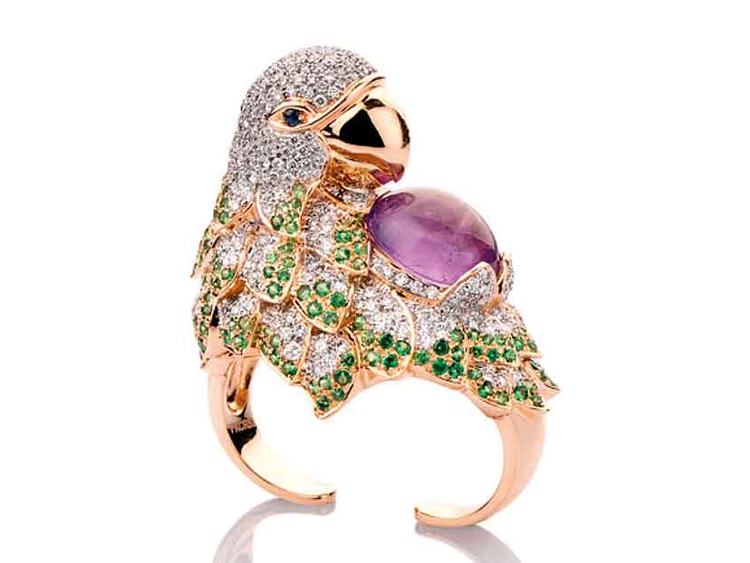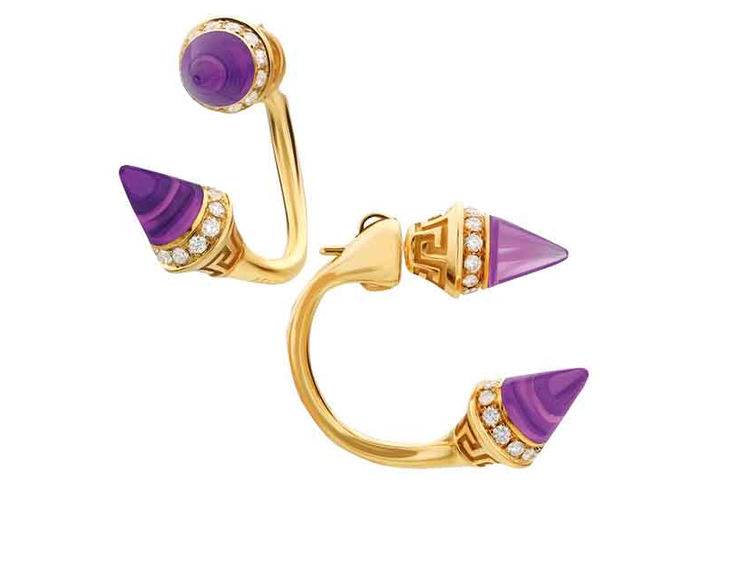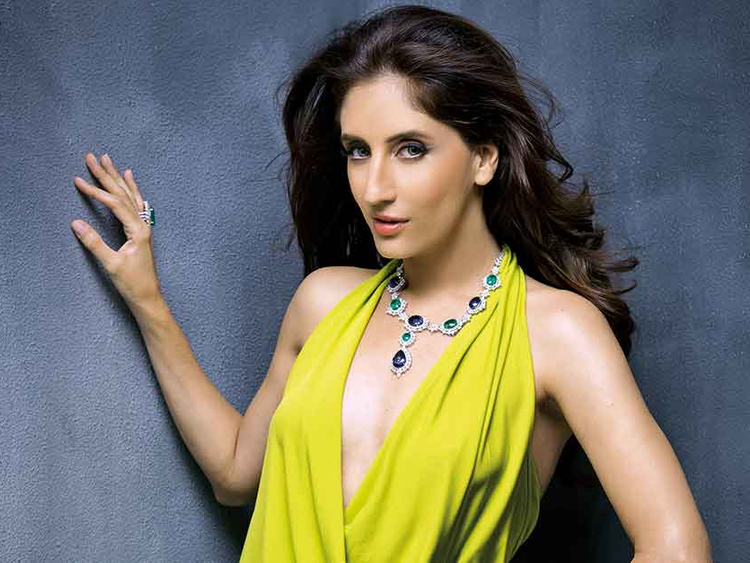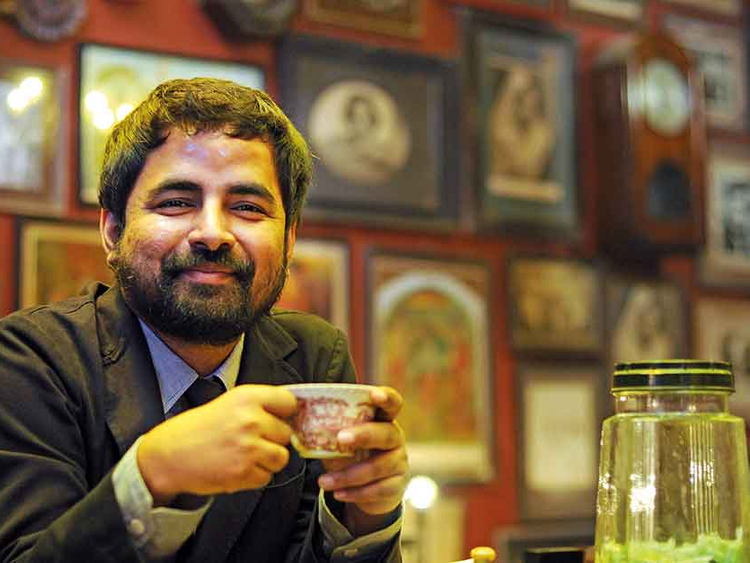Come Diwali and many Indian women rummage through their jewellery boxes for something to pair with their saris or lehngas for the all-important five-day festival, which begins with Dhanteras on Tuesday, and ends with Bhau Beej. But fashion designer Sabyasachi Mukherjee and jeweller Farah Khan Ali suggest picking statement jewellery pieces while keeping the clothes fairly simple — though not dowdy. Think moga or matka silk sarees or solid colour lehngas.
This year marks Kolkata-based Mukherjee’s foray into jewellery design. For his debut collection, he goes back to the past, to the days of the Raj and the storied clubs that offered a perfect British lifestyle in Kolkata (pictured), and to the elegant world of zamindars, the rich and elite of this foremost city in Bengal. Sabyasachi Fine and Heritage Jewelry is an ode to an erstwhile era, and is inspired by his grandmother’s exquisite collection.
“Growing up, I spent hours rummaging through my mother’s and grandmothers’ jewellery cupboards,” he says. “Maybe this is why I feel disappointed by the jewellery today. Where has all the art gone? Perhaps it was this question that pushed me to find the answer through my collection.”
He suggests several different looks. The first is of absolute hedonism and decadence. “Drying rose petals, gulkand, (sweet preserve made from rose petals) kishmish (raisins), cardamom, zarda and pomegranate set the mood and colour palette for the jewels. Deep brooding burgundy and russet over layered with antiquated zardosi, semi-precious stones and pearls embellish these baroque jewels,” he says.
Or juxtapose two opposites, like rustic organic India converging with classic Victorian. “So you could combine your silk matka sari with a stack of Victorian diamond bracelets. I have always been intrigued by the brave mixing of coloured gemstones. From Bulgari to Cartier, many heritage jewellers have walked this path. I would also recommend jadau jewellery, but in Iranian shades of pale colours, mixing uncut diamonds, tourmalines, blue sapphires and pearls
effortlessly.”
An easy fix is to channel royalty with a cue from formal portraits of old princely families. “Rustic fabrics, gota-lampi (a type of embroidery) borders and tissue odhnas (head scarf) are perfect for Diwali,” says Mukherjee. Combine it with a proud borla (maang tika) on the forehead and family heirlooms adorning the body. I would even suggest a look sported by the lady of leisure as she sips on her afternoon tea at the Calcutta Club. Organza and chiffon saris, coiffured hair and lacquered nails make for a fabulous look. The Red Chanel mouth and dripping diamonds add to the decadence.”
Birds and flowers
Farah Khan Ali also encourages you to go bold and beautiful, but her jewels are inspired by either natural forms, or architectural forms or artistic shapes.
“Bird-inspired motifs in earrings and rings are quite on-trend. My collection incorporates Colombian emeralds and Mozambique brooches. Women are adventurous and experimental, so look at jewels like haath phool or ear cuffs. Or even an interestingly shaped ring,” she says.
Ali recommends opting for flamboyant, trendy, ornate pieces given that Diwali is one of the biggest festivals for Indians. “If you want to go traditional then look at jewellery studded with emeralds, rubies, South Sea pearls, and diamonds set in beautiful necklaces, chandelier earrings and bracelets.”
Khan has put out a range of nature-inspired pieces, with either bird or flower motifs, which work beautifully with either a sari or a lehnga (while the lehnga or skirt itself could be in vibrant shades, the top could be simpler to make sure the attention stays focused on your big, extravagant jewels).
If you want something more modern, Khan suggests wearing statement pieces in architectural forms. “I have incorporated bits of architecture from cities like Jaipur, Jodhpur and Agra in my pieces for Diwali this year.”
But few things beat the timeless appeal of a necklace worn with a long pair of dangling chandelier earrings, or a beautiful cocktail ring and a sari, she adds. Probably what you’d find in a rummage through the jewellery box.


